(Spoiler: They don’t compete. They complete each other.)
You’ve probably heard of ceramic coating. And maybe paint protection film (PPF), too.
But what’s the difference?
Which one should you get?
And is that upsell to “do both” just a money grab?
🧱 PPF = Physical Protection
Paint Protection Film is a clear, impact-absorbing urethane film applied directly to your vehicle’s paint.
Think:
- Rock chips
- Sandblasting
- Door dings
- Swirl marks
- Bug acid & road debris
PPF absorbs the physical abuse your paint would otherwise take.
It’s ideal for:
- ✅ Arizona roads
- ✅ High-speed commuters
- ✅ Off-roaders
- ✅ Anyone who parks near kids with scooters
🫧 Ceramic Coating = Chemical & Cleaning Protection
Ceramic coating is a liquid polymer that chemically bonds with your paint (or film) to create a slick, hydrophobic surface.
It doesn’t stop rocks.
But it repels water, dirt, UV rays, and contaminants like nobody’s business.
Ceramic coating helps with:
- UV fade resistance
- Easier washing
- Gloss enhancement
- Water spotting reduction
It makes your car look freshly detailed longer—and makes cleaning faster and safer.
🧪 So… Which One Should You Choose?
Short answer?
They do different things. And together, they’re powerful.
| Feature | PPF | Ceramic Coating |
|---|---|---|
| Rock Chip Protection | ✅ | ❌ |
| Scratch Resistance | ✅ | ⚠️ (only light) |
| Water & Dirt Repellency | ⚠️ | ✅ |
| Gloss/Sheen Enhancement | ⚠️ | ✅ |
| Self-Healing | ✅ | ❌ |
| UV Resistance | ✅ | ✅ |
| Impact Resistance | ✅ | ❌ |
🧠 Marketing Truth: Ceramic Coating Doesn’t Replace PPF
This is where most confusion comes in.
Some detailers will sell ceramic coating as a protective layer against chips and scratches.
🚫 That’s false.
Ceramic coating is not a physical barrier.
It won’t stop rocks. It won’t stop door dings. It won’t heal scratches.
It just keeps your paint (or film) looking cleaner, glossier, and safer from sun and contaminants.
Ceramic = non-stick pan
PPF = bulletproof vest
They work beautifully together—but they are not interchangeable.
🧼 Best Practice: Coat Over Film
Here’s what the pros (and our Arizona drivers) do:
- Apply PPF on high-impact zones or full car
- Apply ceramic coating on top of the film and uncovered areas
This combo gives you:
- Long-term impact protection
- Low-maintenance washing
- Enhanced shine
- Full-spectrum defense against Arizona life
🎯 Bottom Line:
If you’re deciding between the two:
- Go PPF if you drive fast, off-road, or want paint preservation
- Go Ceramic if you care about ease of cleaning, UV resistance, and gloss
- Go Both if you want full-spectrum defense and long-term value
Need help planning which coverage fits your driving style and budget?
We’ll build a custom game plan just for you.
🤔 FAQ – Real Questions, No Fluff
Q: Can I apply ceramic coating on top of PPF?
A: Absolutely. In fact, it’s recommended. It helps the film stay cleaner, longer.
Q: Do I need both PPF and ceramic coating?
A: If you want total protection—yes. But we can help prioritize based on your needs and budget.
Q: Can ceramic coating stop rock chips?
A: No. That’s a myth. Ceramic coating won’t absorb impact like PPF does.
Q: How long does each one last?
A: PPF lasts 7–10 years. Ceramic coating typically lasts 2–5 years, depending on the brand and maintenance.
Q: Can I get ceramic now and add PPF later?
A: Yes, but we don’t recommend it. The coating has to be removed before PPF is applied. It’s better to apply film first, then coat.


